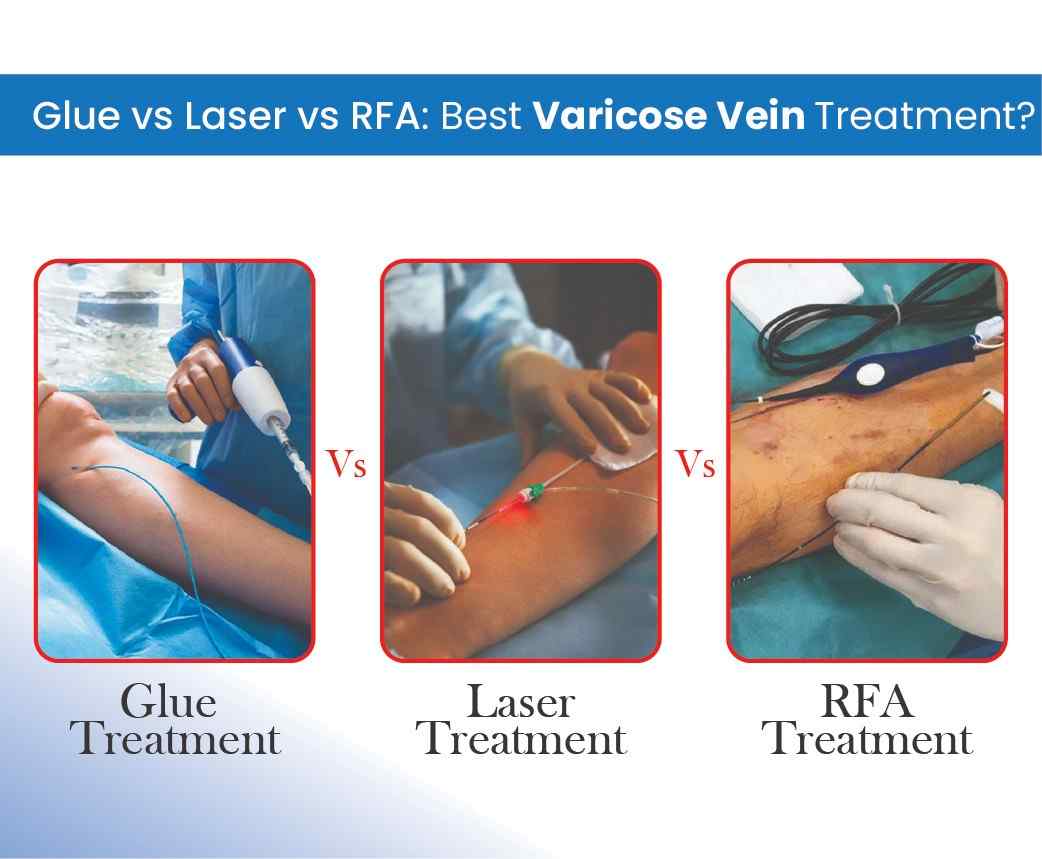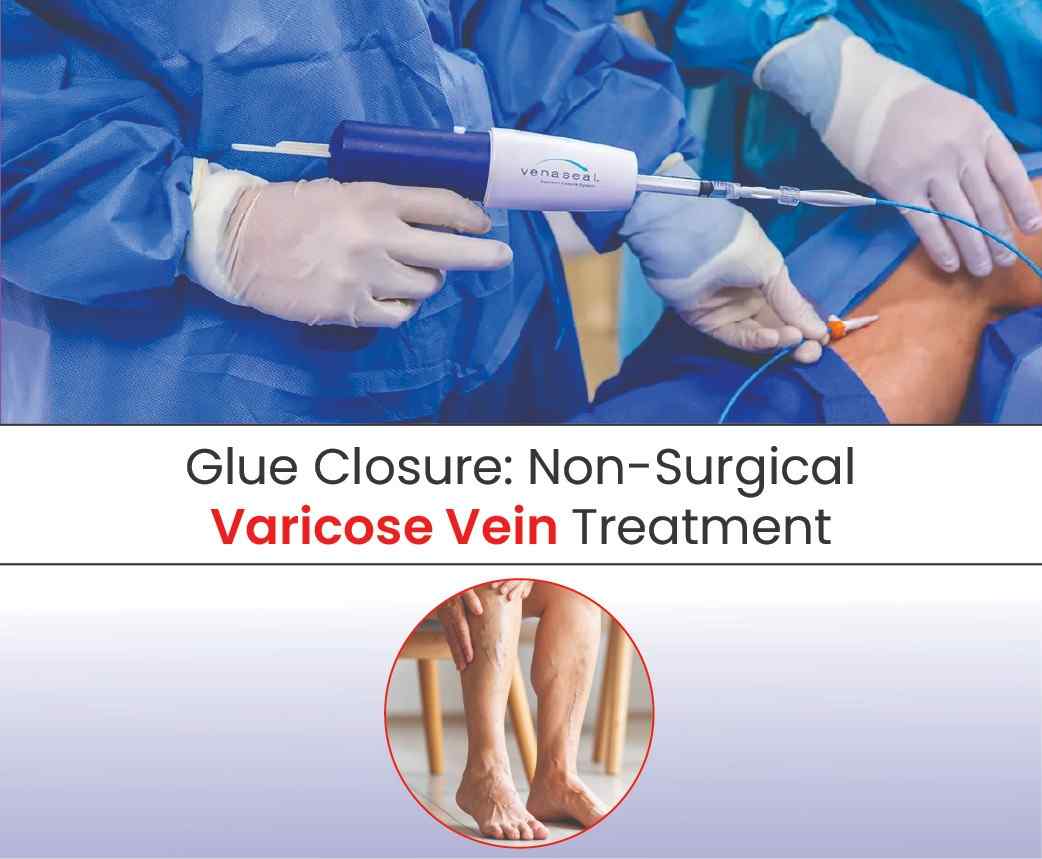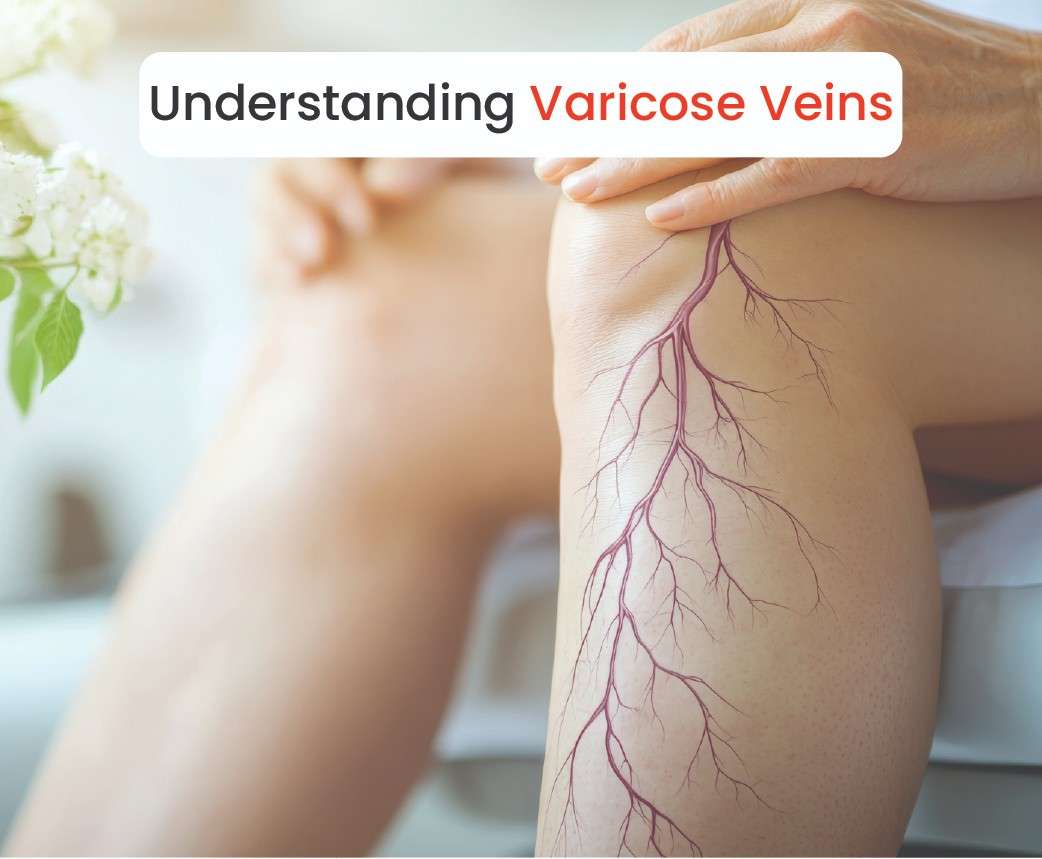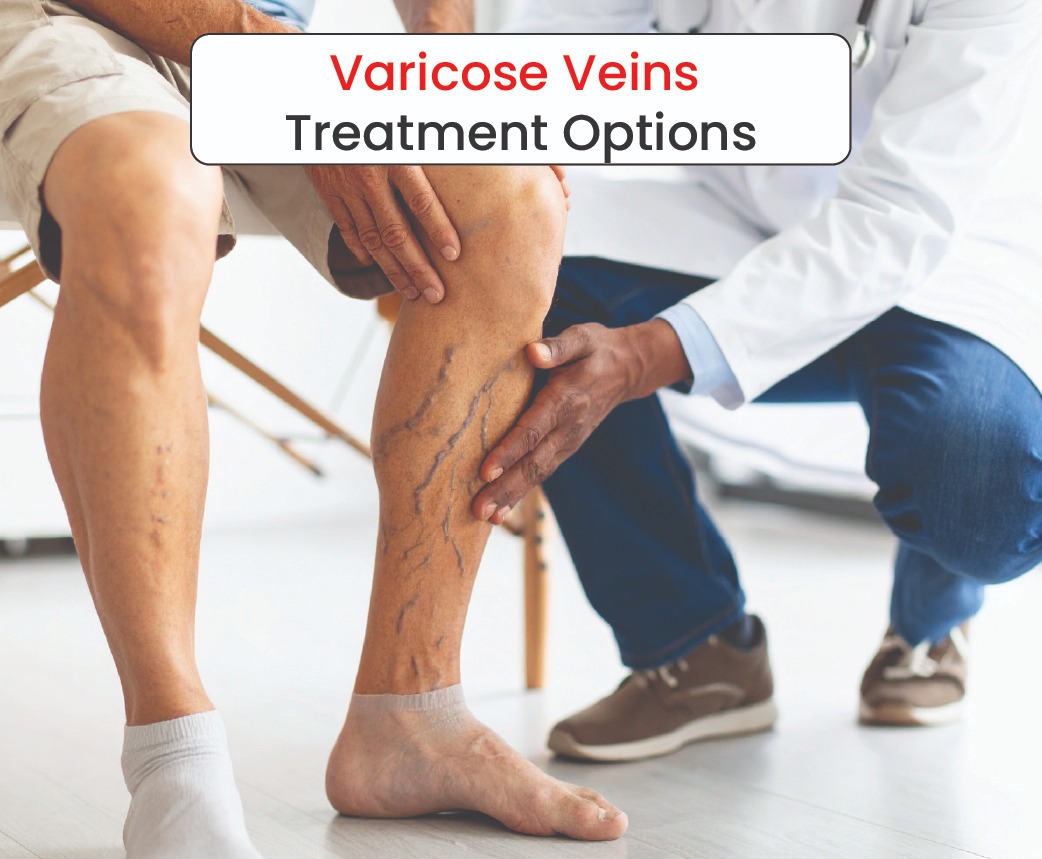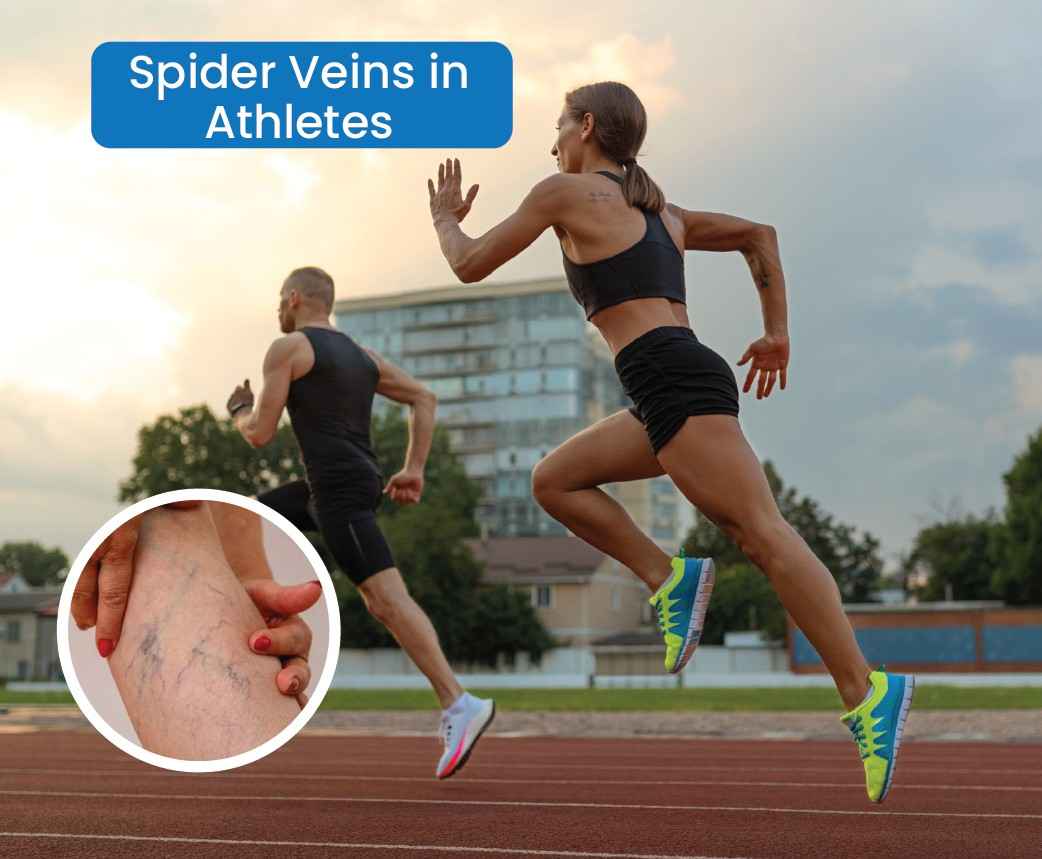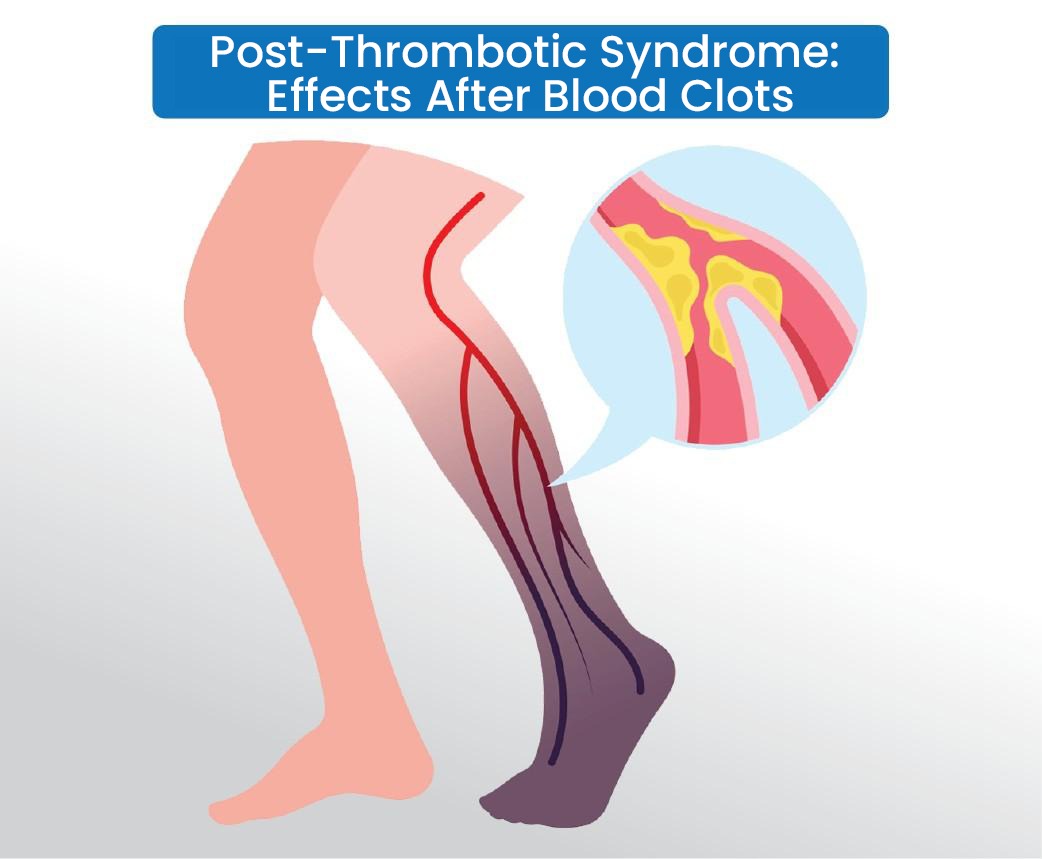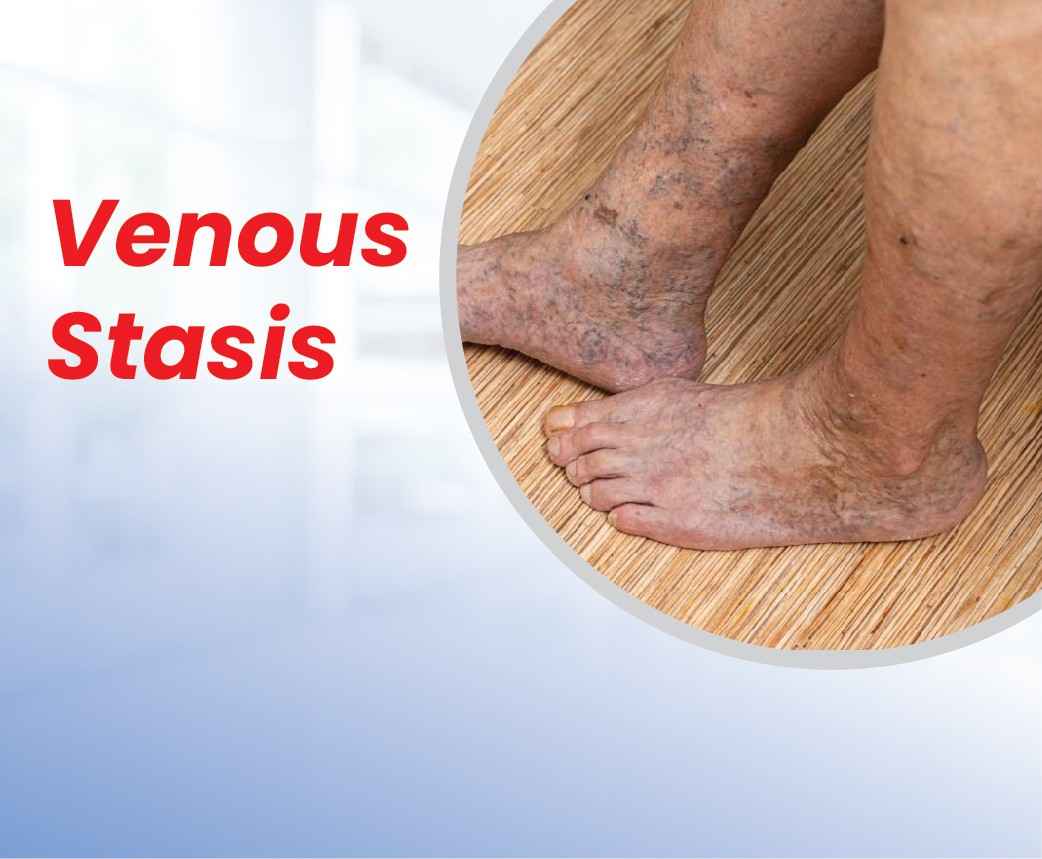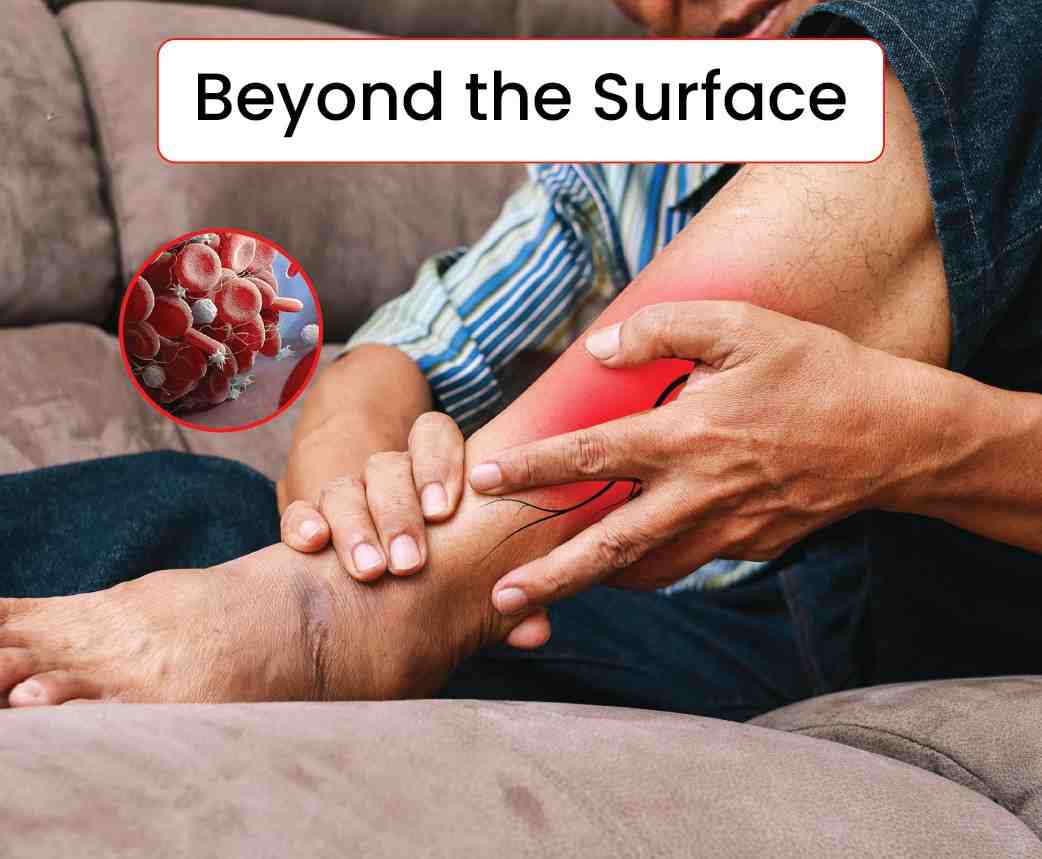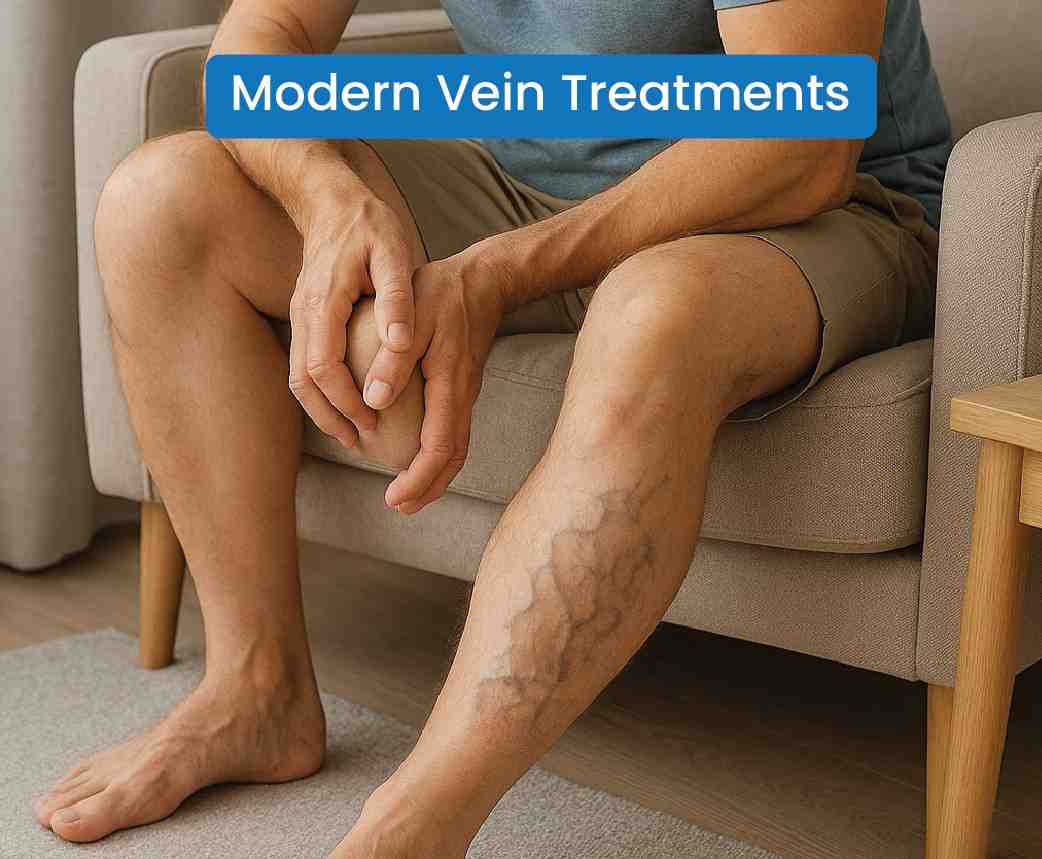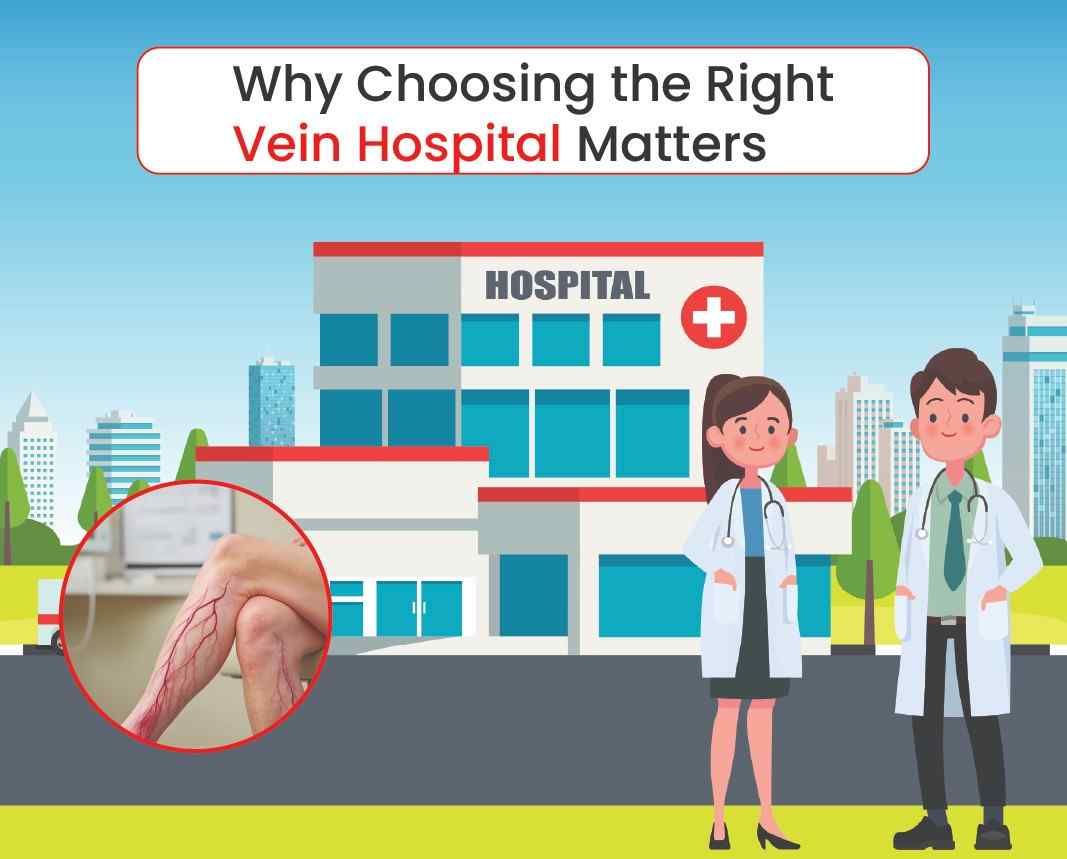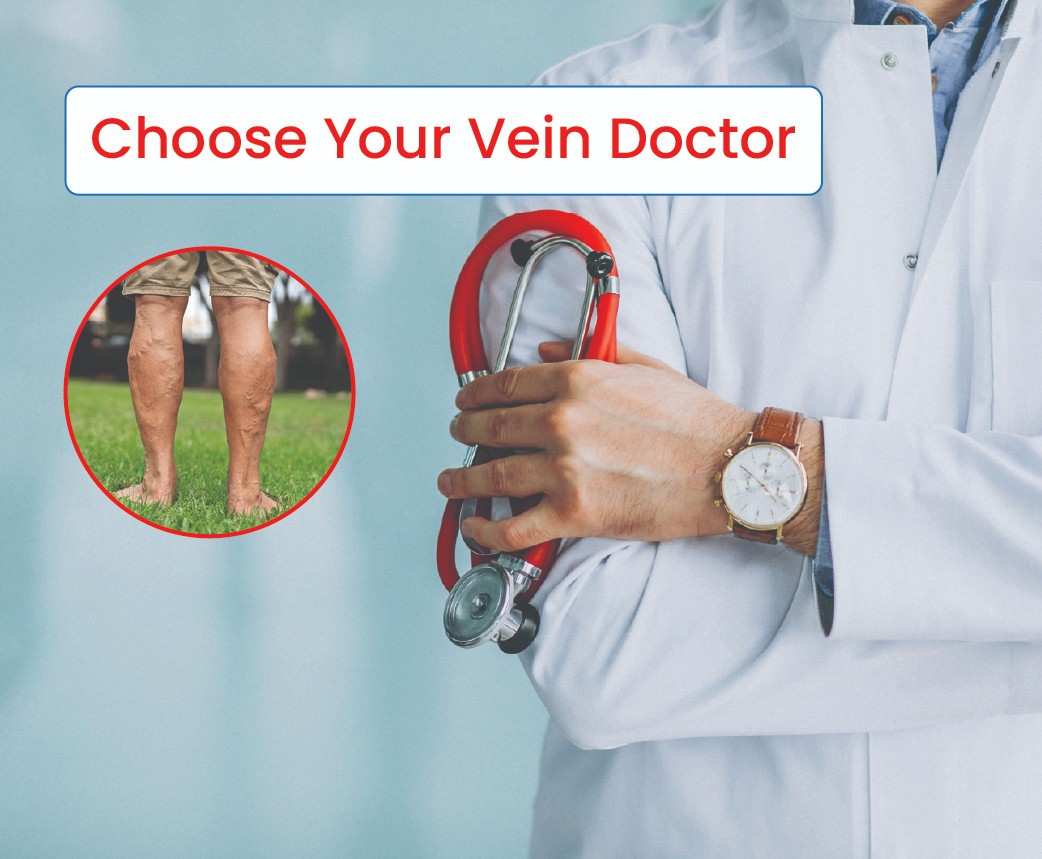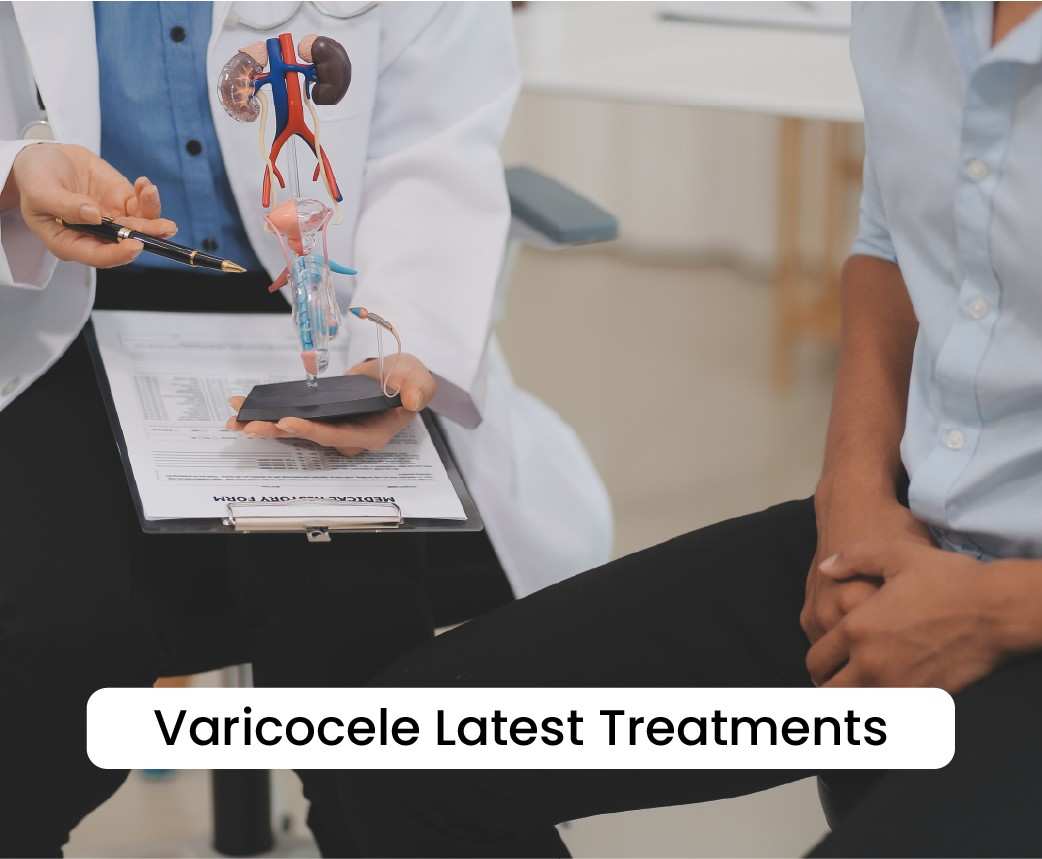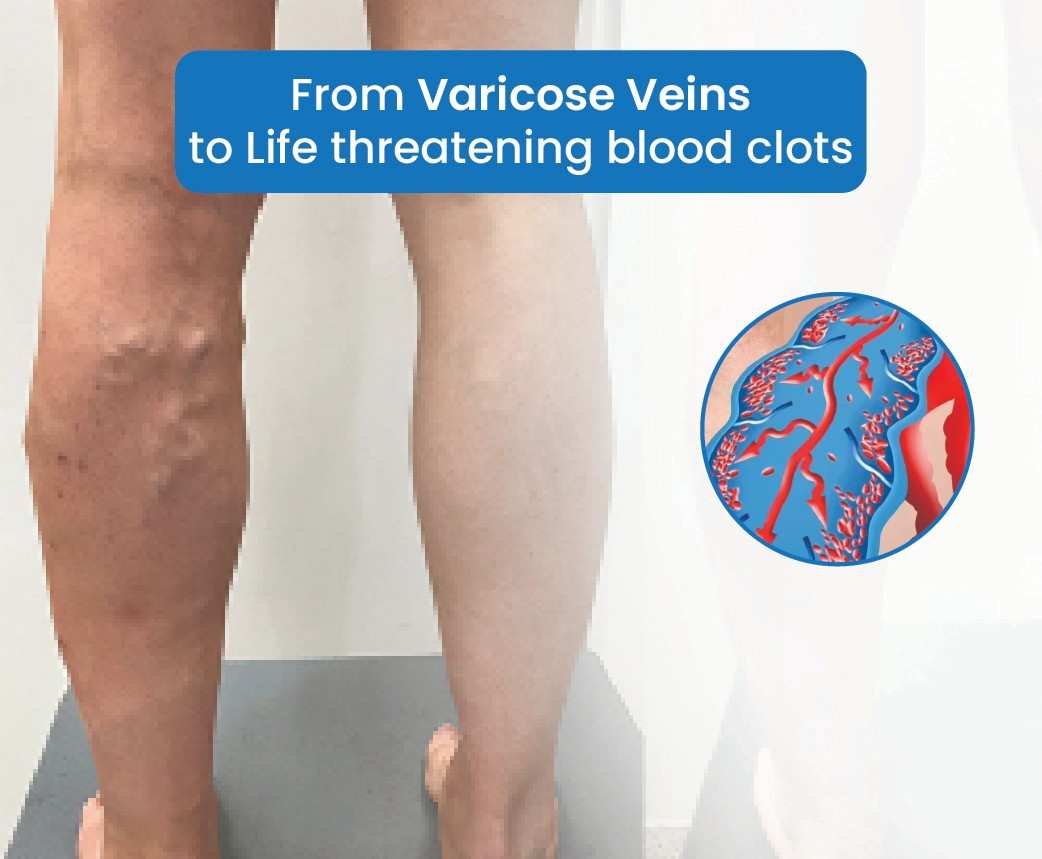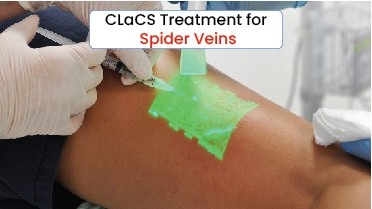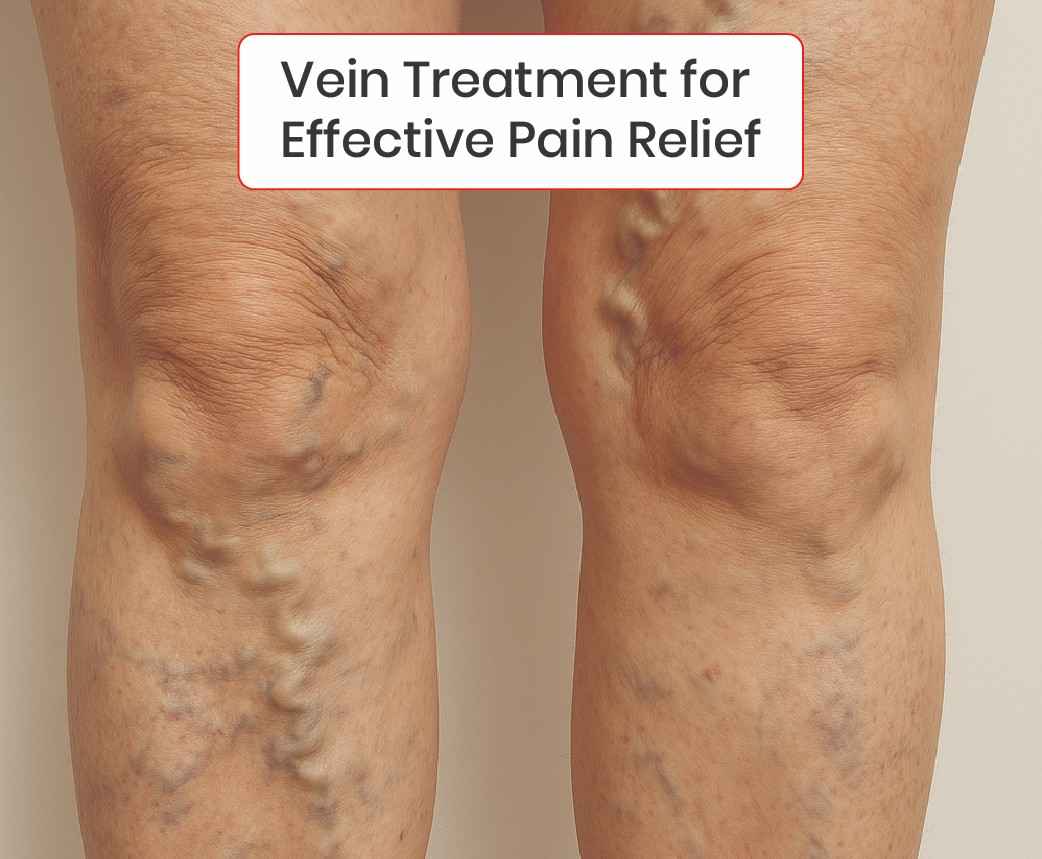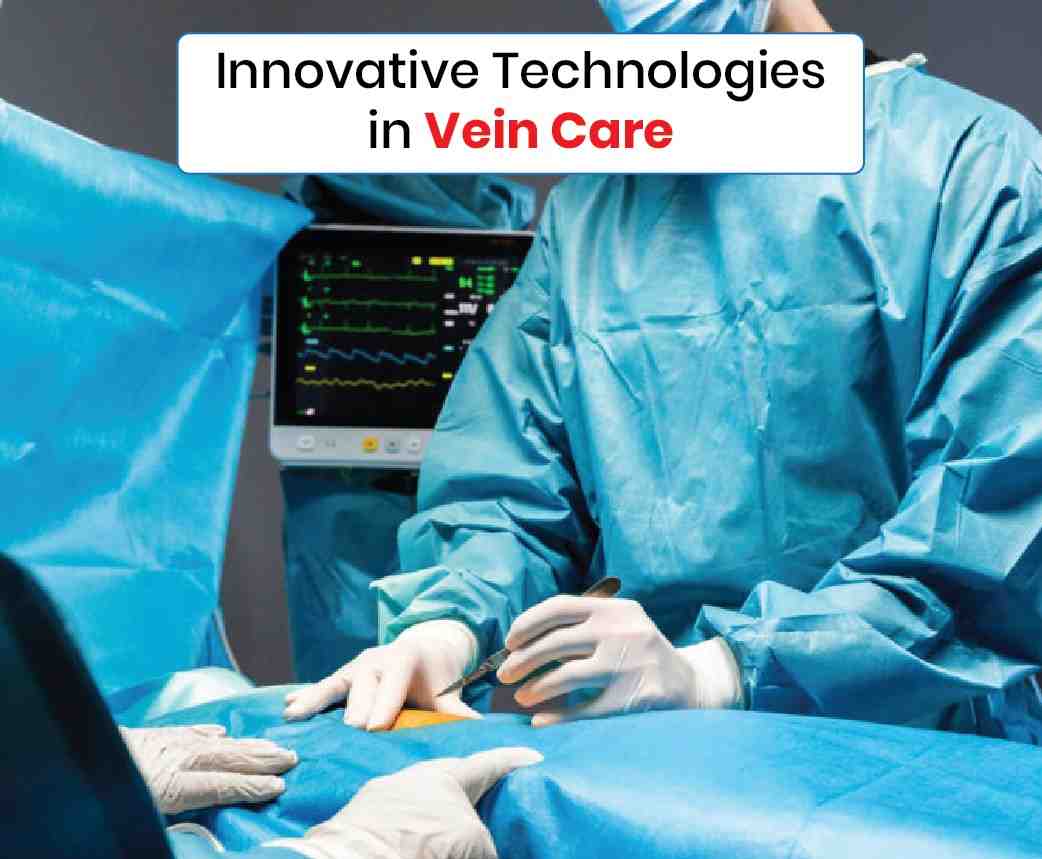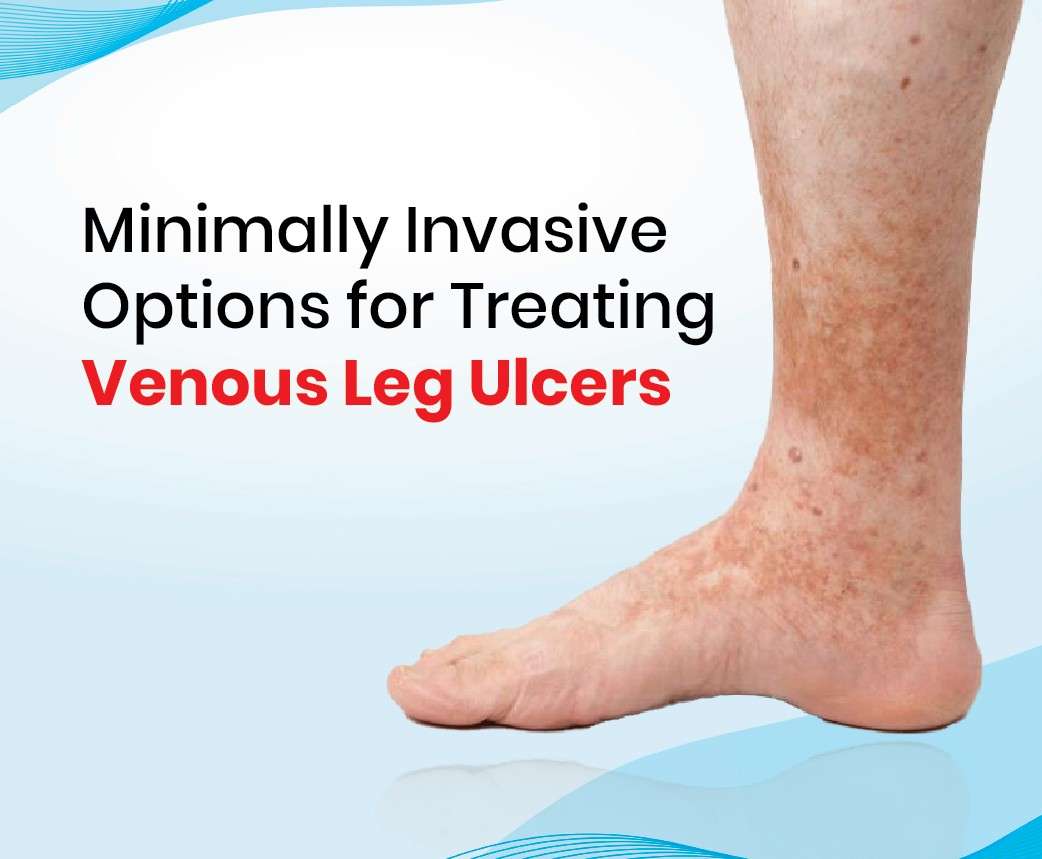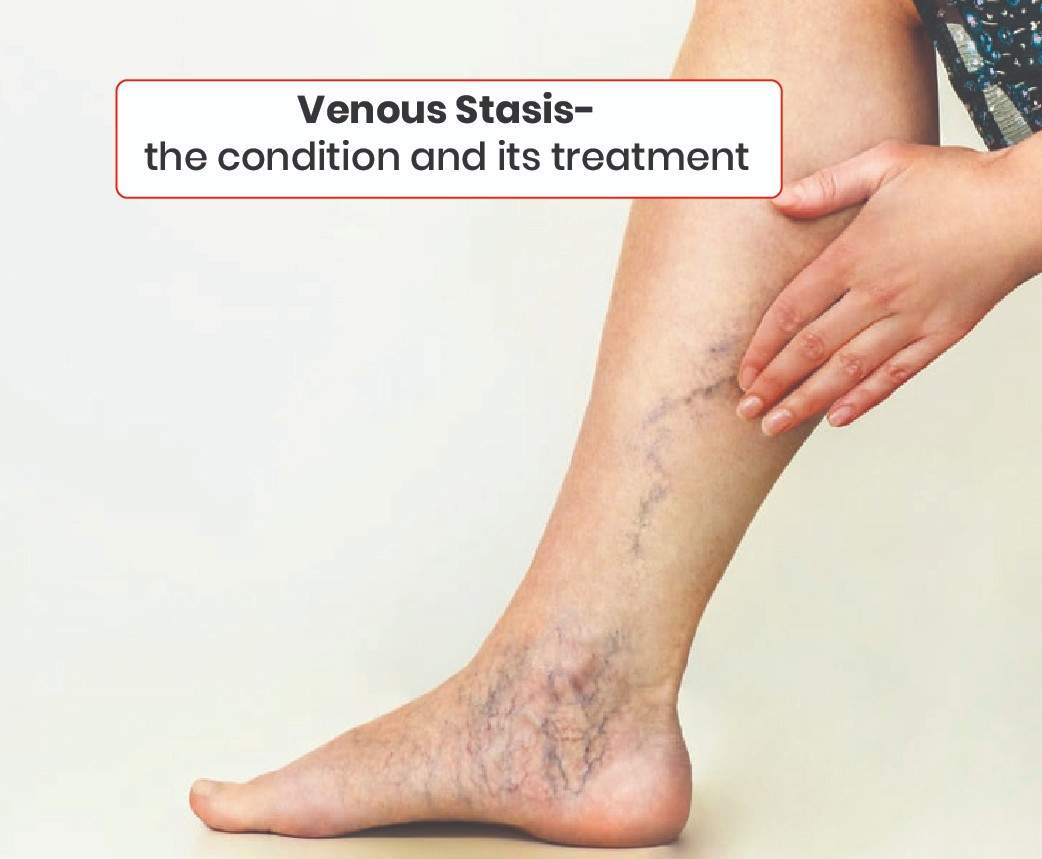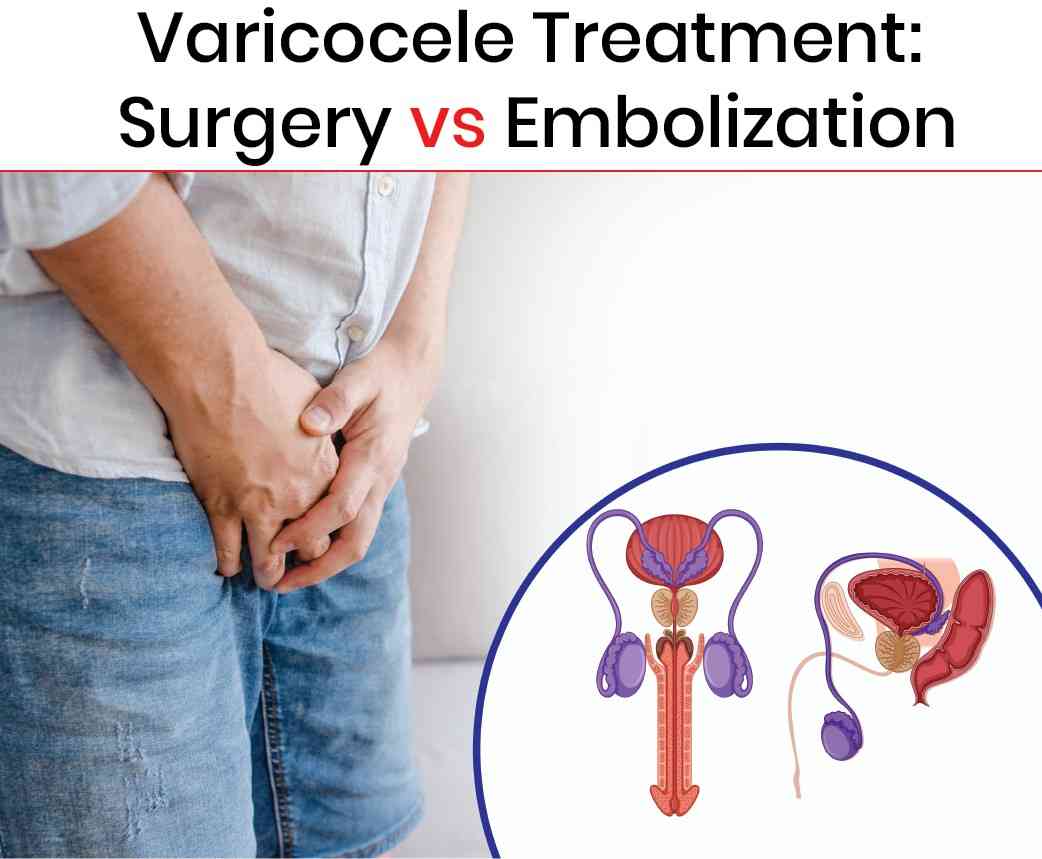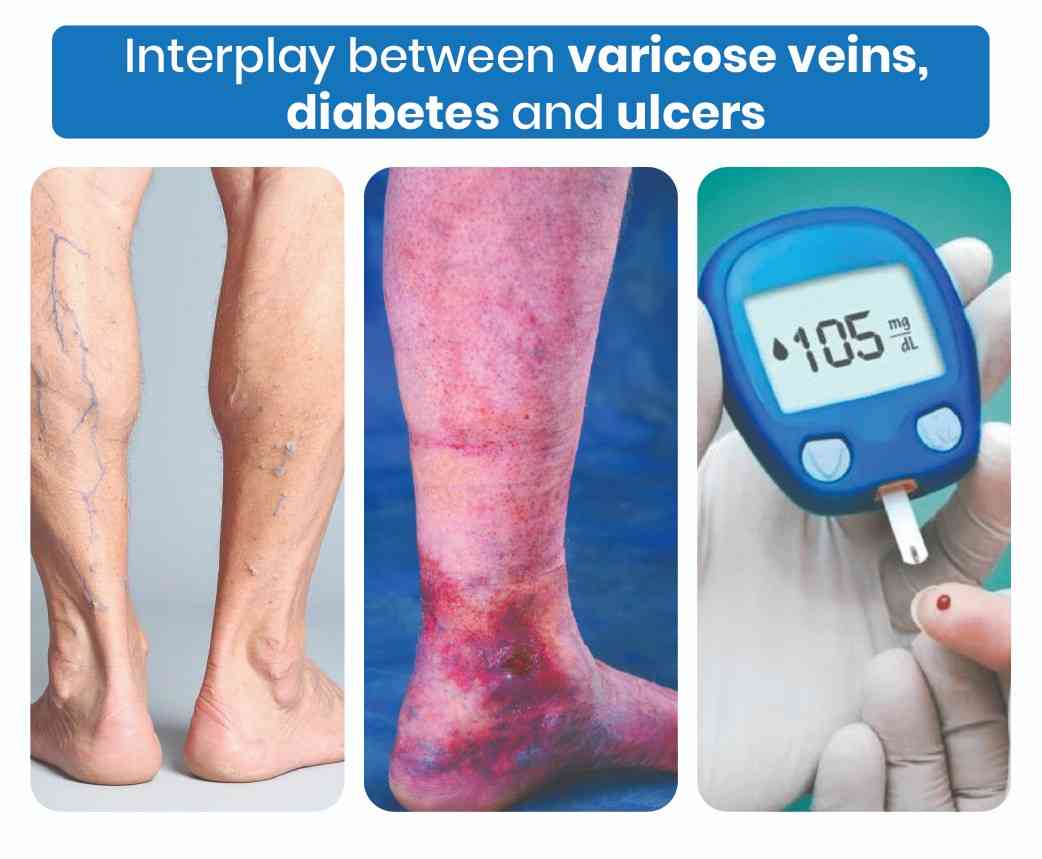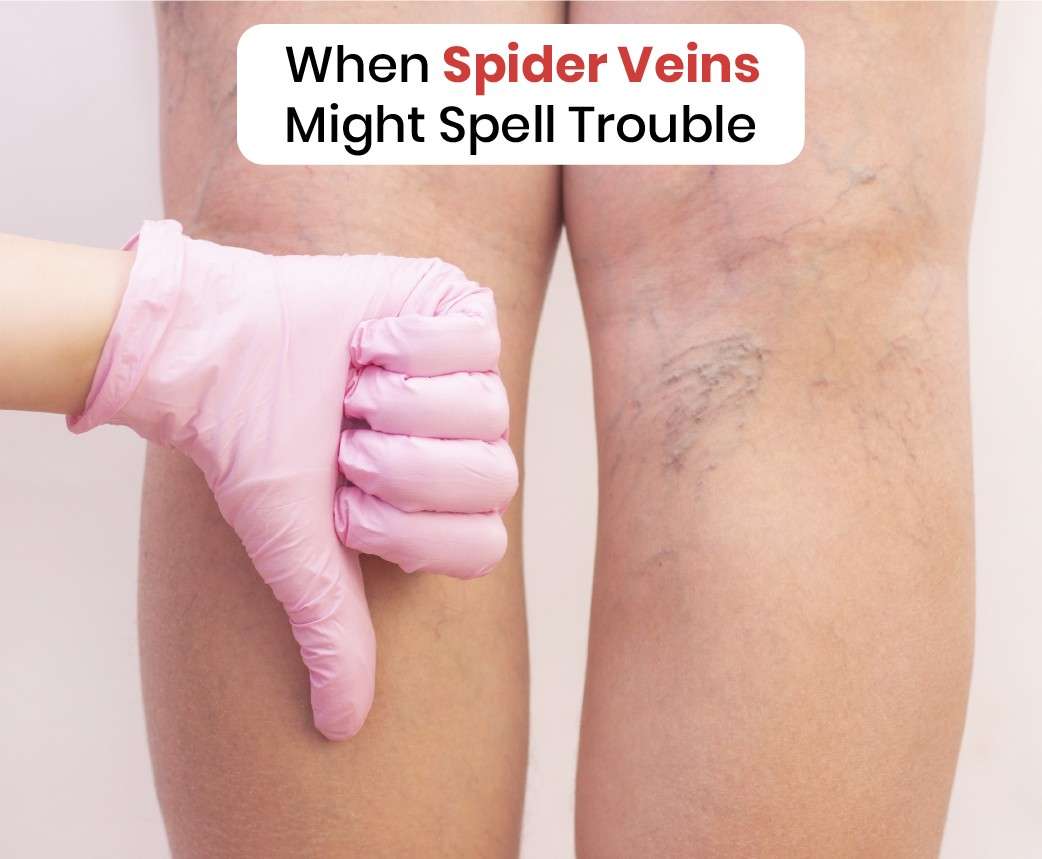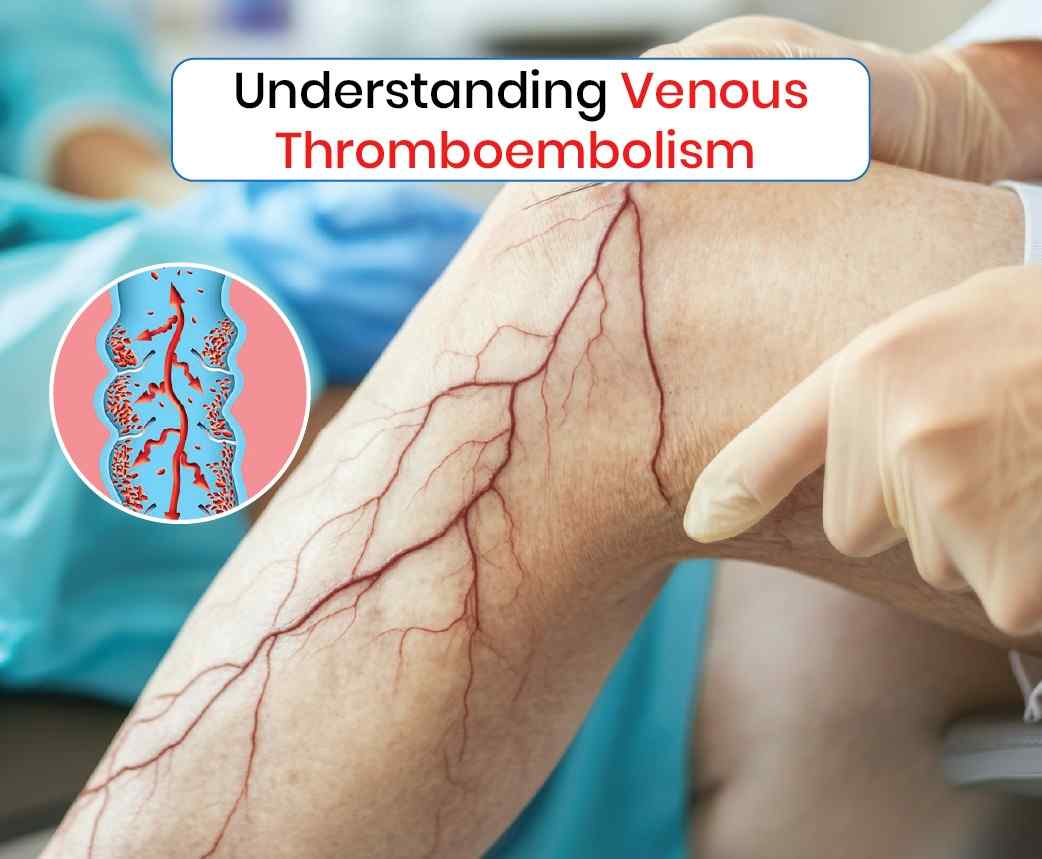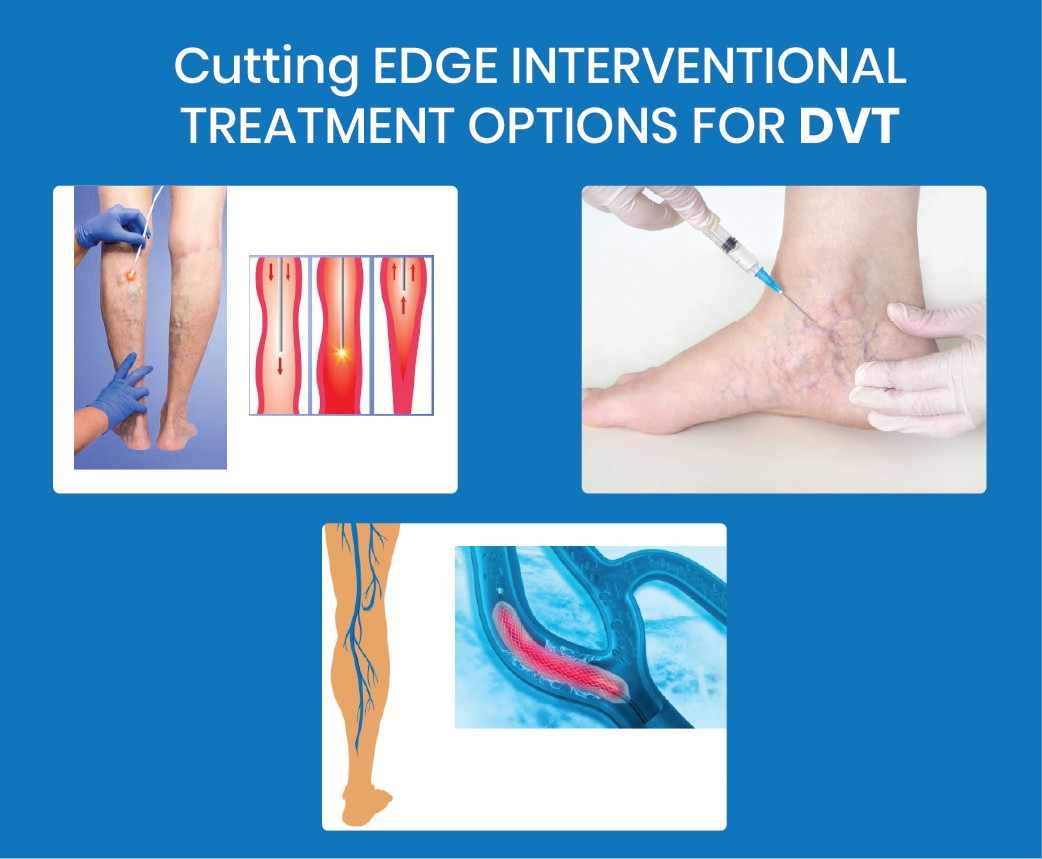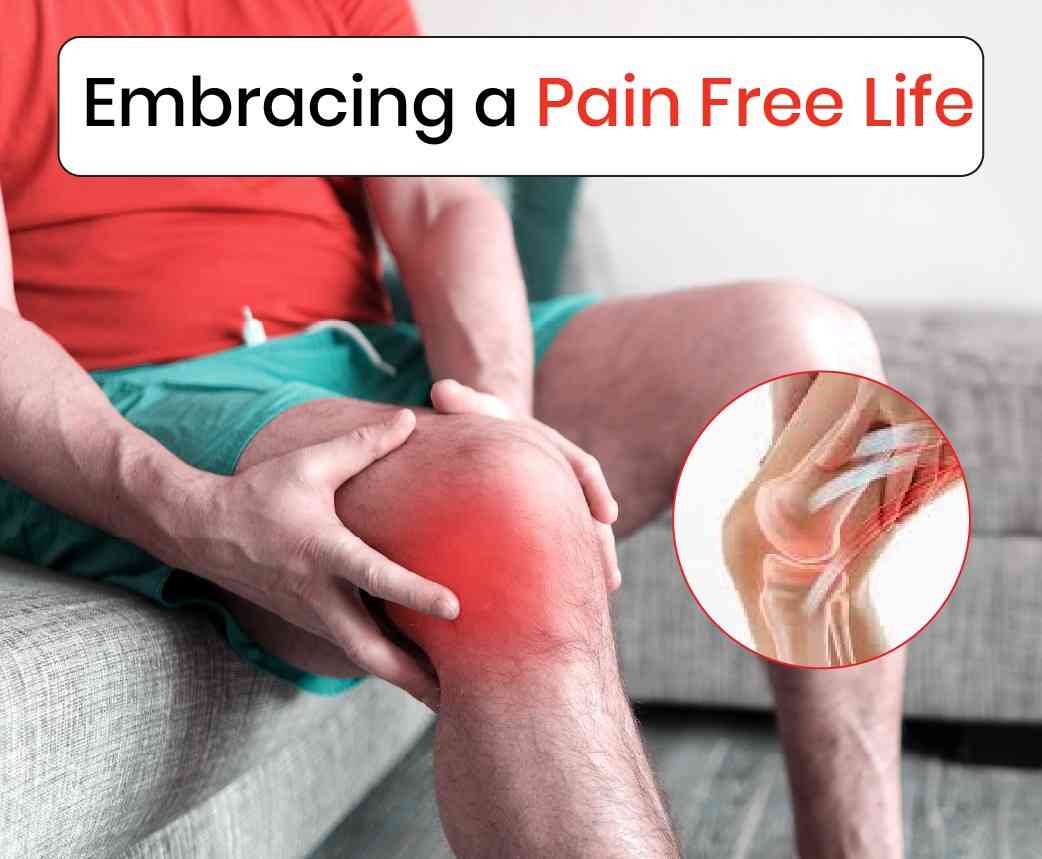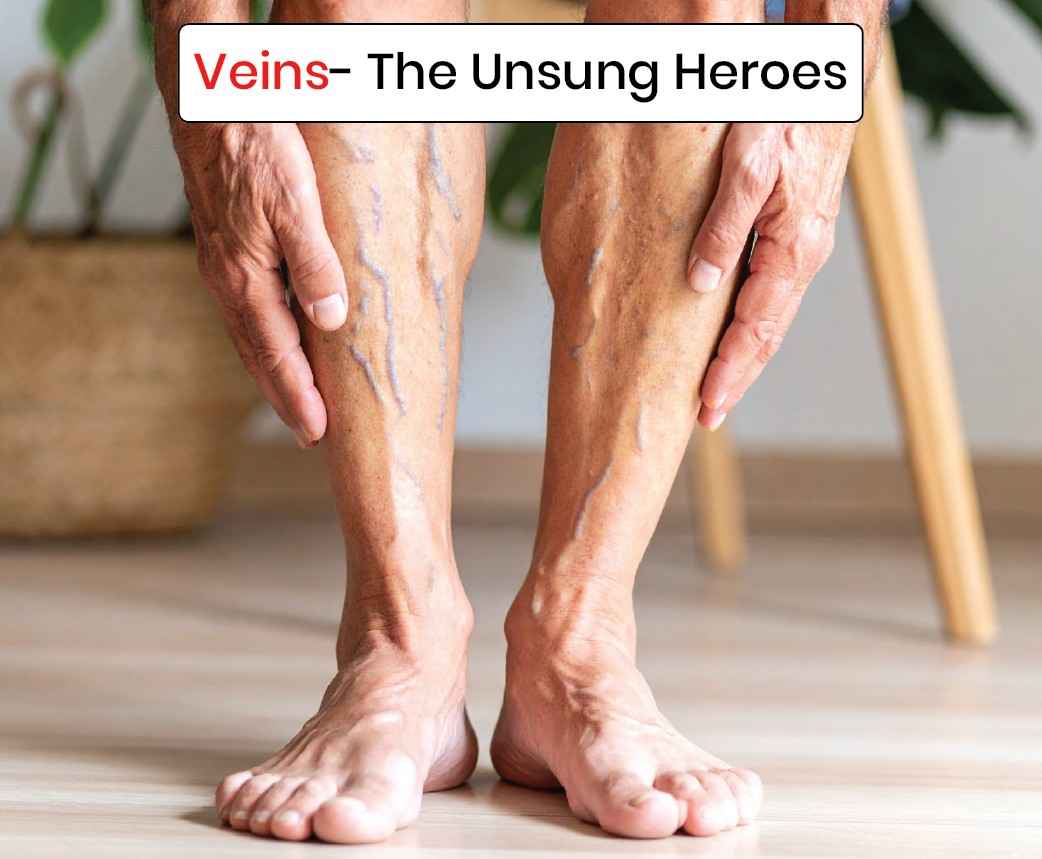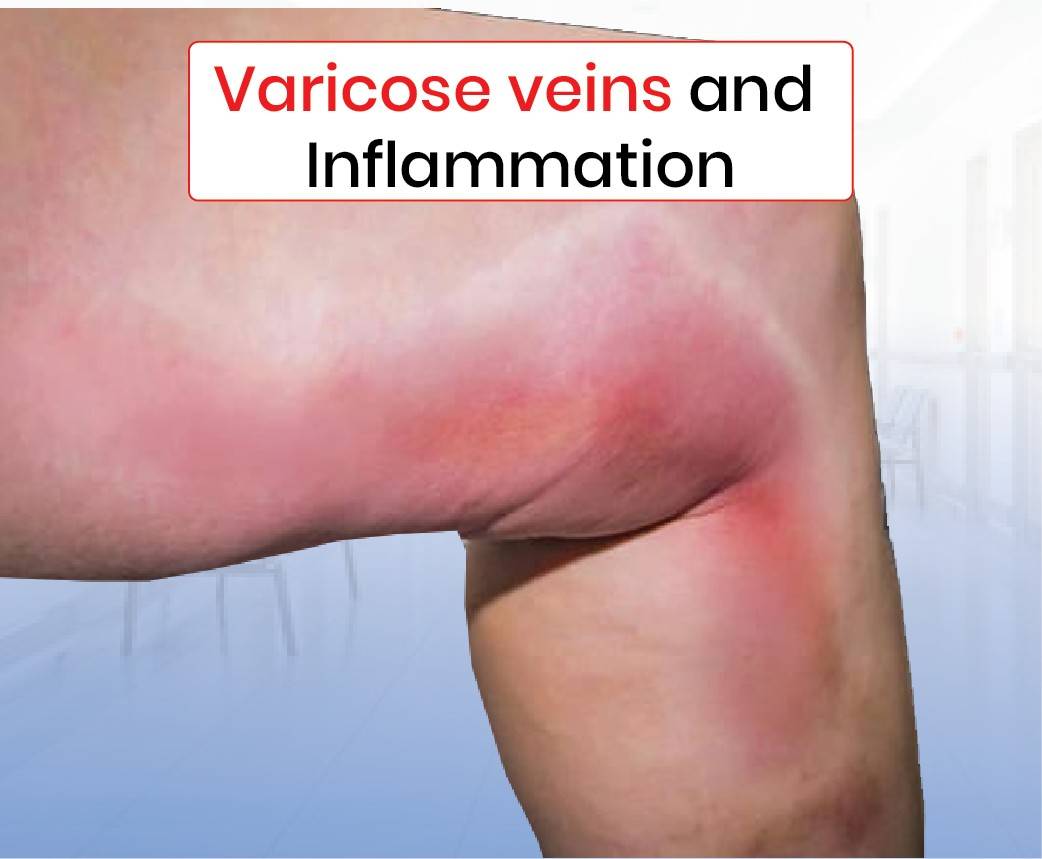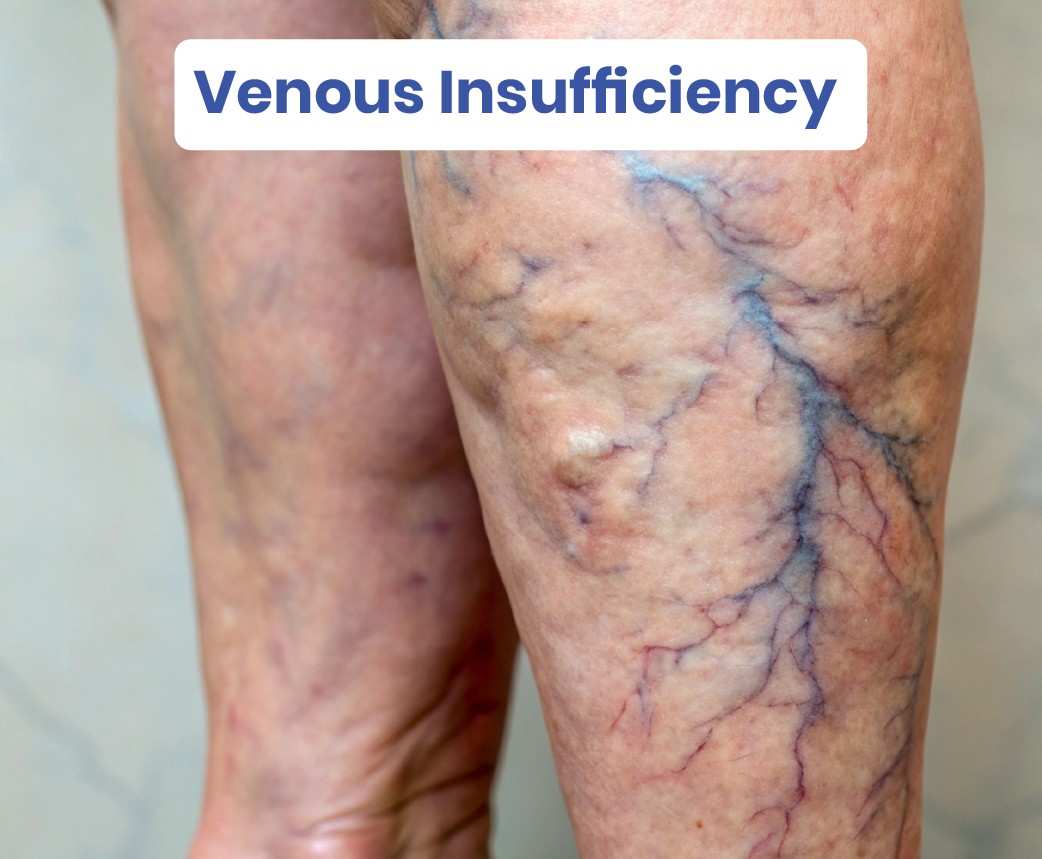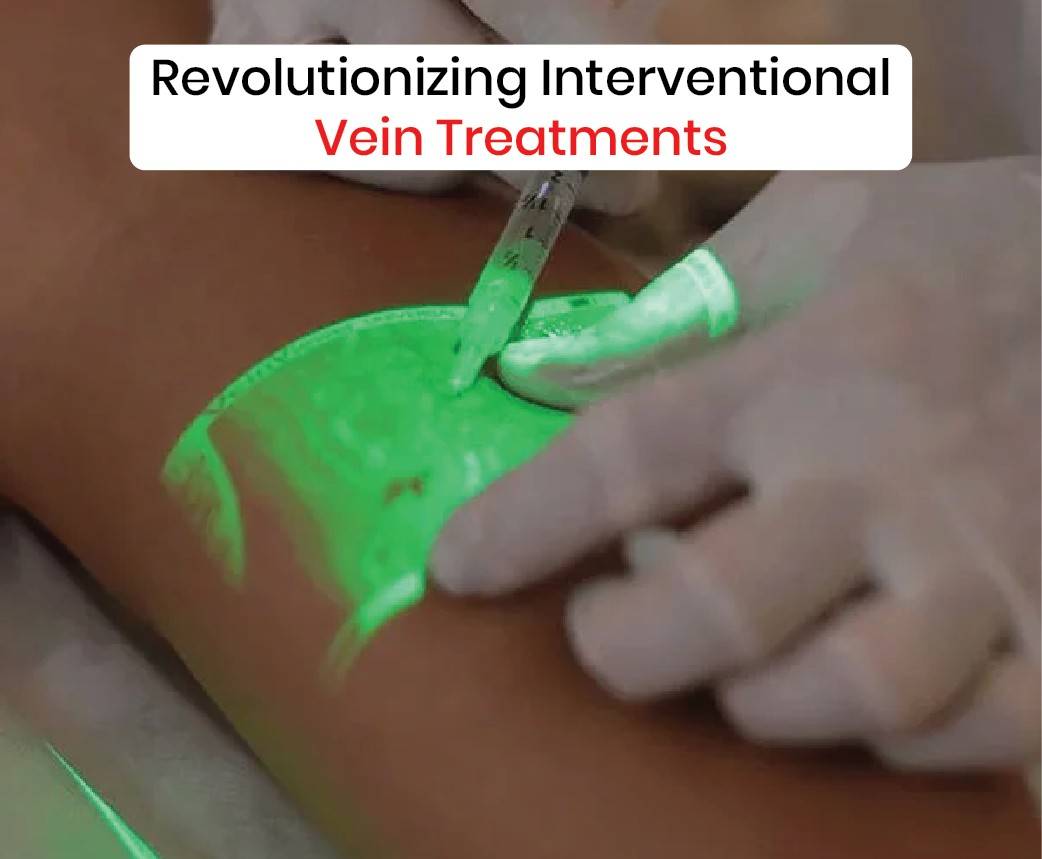For many people, varicose veins start as a cosmetic concern — visible, bulging veins on the legs. But over time, they can lead to symptoms such as heaviness, swelling, cramps, skin darkening, and even ulcers. Modern vascular medicine now offers a comfortable, minimally invasive solution: glue-based vein closure (such as VenaSeal®).
Here’s what a typical patient journey looks like, from first diagnosis to complete recovery.
Step 1: Initial Consultation and Evaluation
The journey begins with a visit to a vascular specialist. During this appointment, you’ll discuss your symptoms, medical history, and lifestyle. Your doctor will examine your legs to check for visible varicose veins, skin changes, and signs of advanced disease.
If glue-based treatment might be suitable, your specialist will explain how the procedure works, its benefits, and possible alternatives such as Endovenous Laser Ablation (EVLA) or Radiofrequency Ablation (RFA).
Step 2: Diagnostic Ultrasound Mapping
A duplex ultrasound scan is the gold standard for diagnosing varicose veins. It provides a detailed map of your vein structure, showing which veins are functioning poorly and where blood is pooling.
This step ensures your treatment plan is precise, targeting only the diseased veins and preserving healthy ones.
Step 3: Pre-Procedure Preparation
Once glue closure is chosen, your doctor will give you instructions to follow before the procedure. These may include:
- Wearing loose, comfortable clothing
- Staying well-hydrated
- Avoiding certain medications if advised
- Arranging for a short rest period after the procedure if needed
Unlike some vein treatments, there’s usually no need for fasting or general anaesthesia.
Step 4: The Glue-Based Procedure
On the day of treatment, you’ll be positioned comfortably, and your leg will be cleaned and prepared under sterile conditions.
Here’s how it unfolds:
- A small numbing injection is given at the catheter entry point.
- Using ultrasound guidance, a thin catheter is inserted into the affected vein.
- The medical adhesive is delivered in precise amounts, sealing the vein section by section.
- Once the vein is closed, the catheter is removed, and a small dressing is applied.
The entire process usually takes 20–30 minutes per vein and is virtually painless for most patients.
Step 5: Immediate Post-Treatment Phase
You can stand up and walk right after the procedure. There’s usually no need for compression stockings and no major activity restrictions — meaning you can return to work or household tasks the same day.
Mild tightness or tenderness in the treated area is normal and generally resolves within a few days.
Step 6: Recovery and Follow-Up
Over the next few weeks, your treated vein will gradually shrink and fade. Most patients notice a reduction in symptoms such as heaviness, swelling, and discomfort within days.
Your doctor will schedule a follow-up ultrasound to confirm that the treated vein is fully closed and to check the overall health of your leg veins.
Step 7: Long-Term Results
Glue-based vein closure has a success rate of over 90–95%, with durable results and minimal recurrence when combined with healthy lifestyle habits. Regular walking, maintaining a healthy weight, and avoiding prolonged standing or sitting will help protect your vein health.
The Takeaway
From diagnosis to recovery, glue-based treatment offers a smooth, patient-friendly journey. With no heat, minimal injections, and an almost immediate return to daily life, it’s redefining how varicose veins are treated in India. At Avis Vascular Centre, each step of your journey is guided by experienced specialists using the latest technology — ensuring safe, effective, and lasting results.

